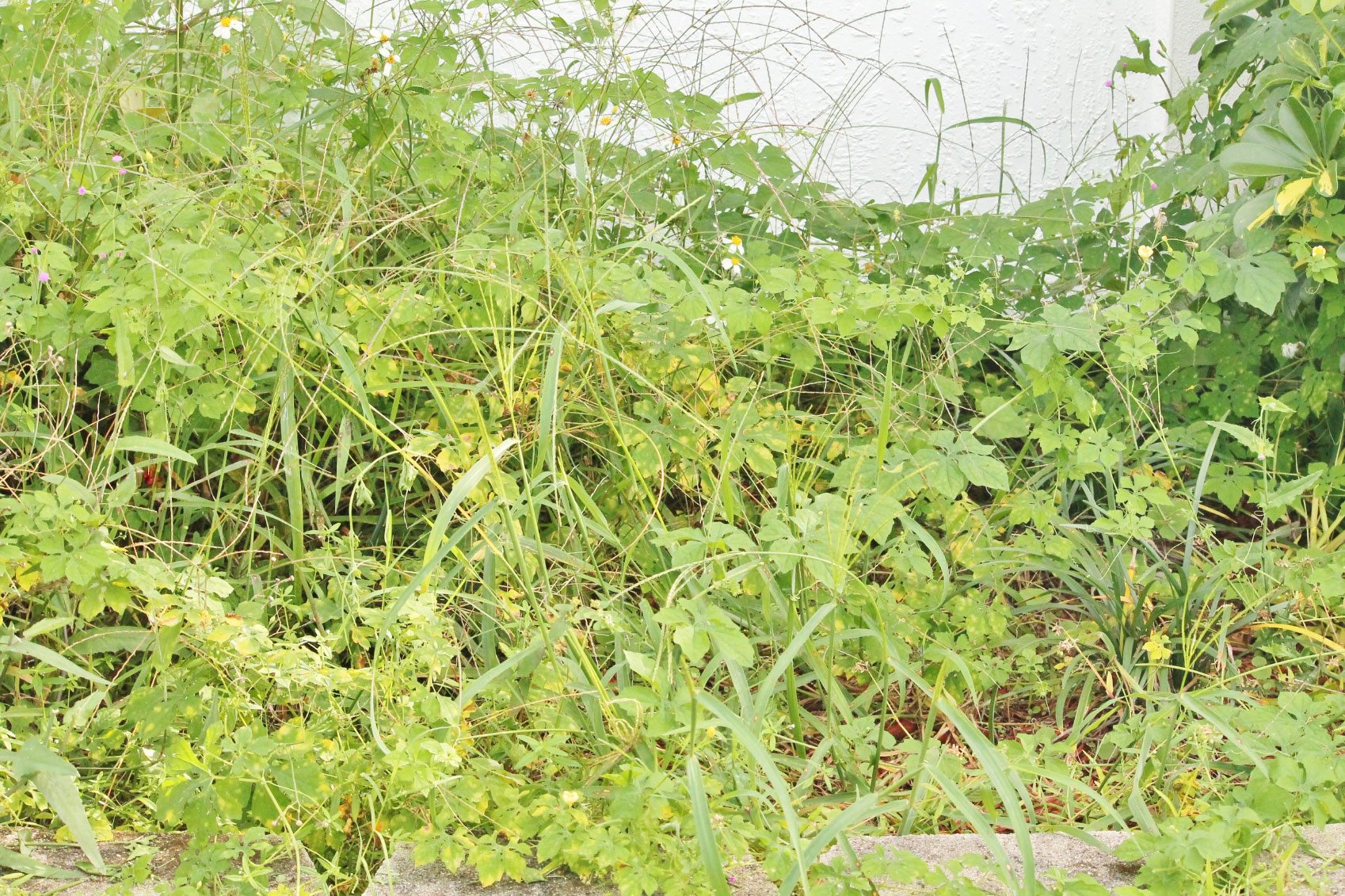Maintaining a beautiful and pest-free lawn is a dream for every homeowner. However, pesky insects and other lawn pests can quickly make that dream a nightmare. The good news is that with some knowledge and effort, you can take control of the situation and say goodbye to lawn pests for good. This article will explore the benefits of DIY pest control, common lawn pests and their damage, and practical solutions to keep your outdoor space pest-free.
Benefits of DIY Pest Control
Engaging in do-it-yourself pest control offers several advantages:
- It saves money by avoiding the high costs of professional pest control services.
- You have complete control over the products and methods used in your lawn, ensuring they align with your preferences and values.
- DIY pest control allows you to learn more about the pests in your area and develop a deeper understanding of how to prevent infestations in the future.
Common Lawn Pests and Their Damage
Before we delve into the solutions, we must familiarize ourselves with the common lawn pests and the damage they can cause. Grubs, for example, are notorious for feeding on grass roots, leading to brown patches and weakened turf. Chinch bugs, on the other hand, suck the sap from grass blades, causing them to turn yellow and die. Other common pests include armyworms, cutworms, and aphids, each leaving their destructive mark on your lawn.
Identifying Lawn Pest Infestations
To effectively combat lawn pests, it is crucial to identify the signs of infestation early on. Keep an eye out for brown patches, wilting grass, chewed leaves, or the presence of insects themselves. Conduct regular lawn inspections, paying close attention to areas with less sunlight or poor drainage, as these can be breeding grounds for pests. You can take swift action and prevent further damage by catching an infestation early.
DIY Pest Control Solutions for Outdoor Spaces
When it comes to DIY pest control, prevention is critical. Start by keeping your lawn healthy and well-maintained. Regularly mow and water your grass, and remove any debris or thatch that may provide hiding places for pests. Additionally, consider introducing beneficial insects like ladybugs and nematodes, which feed on common lawn pests. You can purchase these insects from reputable garden centers or online suppliers.
Lawn Pest Control Products and Their Effectiveness
If prevention alone is not enough, various pest control products are available to help combat lawn pests. Insecticides, such as bug killers and sprays, can effectively eliminate pests. However, choosing the right product for your target pest is essential, as different pests require different treatments. Read the product labels carefully and follow the instructions to ensure safe and effective use.
Choosing the Right Insecticide for Your Lawn
Selecting the appropriate insecticide for your lawn is crucial for successful pest control. Consider factors such as the target pest, the severity of the infestation, and your personal preferences. Research different insecticides on the market and choose one that is known to be effective against the specific pests you are dealing with. It is also essential to consider the environmental impact of the insecticide and opt for products that are safe for pets, children, and beneficial insects.
Applying Insecticides Safely and Effectively
To ensure the maximum effectiveness of insecticides, it is essential to apply them correctly. Start by reading the product label thoroughly and following the instructions provided. Wear protective clothing, such as gloves and goggles, and avoid spraying on windy days to prevent drift. Apply the insecticide evenly over the affected area, covering all the target surfaces. It is important to note that excessive use of insecticides can harm the environment, so always use them sparingly and only when necessary.
Natural and Organic Pest Control Alternatives
For those who prefer natural and organic methods, there are several alternatives to chemical insecticides. One option is to use beneficial nematodes, microscopic worms that prey on pests like grubs and chinchbugs. Another natural solution is creating a homemade insecticidal soap by mixing liquid and water. Additionally, planting pest-repellent herbs like basil, mint, and lavender around your lawn can help deter pests. These natural methods are not only practical but also environmentally friendly.
Maintaining a Pest-Free Lawn Throughout the Year
Pest control is an ongoing process that requires regular maintenance. Keep your lawn well-maintained by following proper watering, mowing, and fertilization practices. Regularly inspect your lawn for signs of pests and immediately act if an infestation is detected. Consider implementing a pest control schedule to ensure timely treatments and prevent future outbreaks. You can maintain a pest-free lawn throughout the year by staying vigilant and proactive.
Professional Pest Control Services vs. DIY Methods
While DIY pest control can be effective, there are instances where professional services may be necessary. If your pest problem is severe, widespread, or persistent despite your efforts, it may be time to consult a professional pest control company. Professionals have access to specialized equipment and products that may not be available to homeowners. They can also provide expert advice tailored to your specific pest situation. Consider your budget, time constraints, and the severity of the infestation when deciding between DIY methods and professional assistance.
Conclusion
With the proper knowledge and tools, achieving a pest-free lawn is within reach. Implementing the DIY pest control tips discussed in this article can effectively combat lawn pests and maintain a beautiful outdoor space. Remember to prioritize prevention, choose the appropriate pest control products, and apply them safely and effectively. Whether you opt for natural remedies or chemical solutions, always be mindful of the potential environmental impact. With a bit of dedication and perseverance, you can bid farewell to lawn pests and enjoy a lush and pest-free lawn for years to come.


Leave a Reply